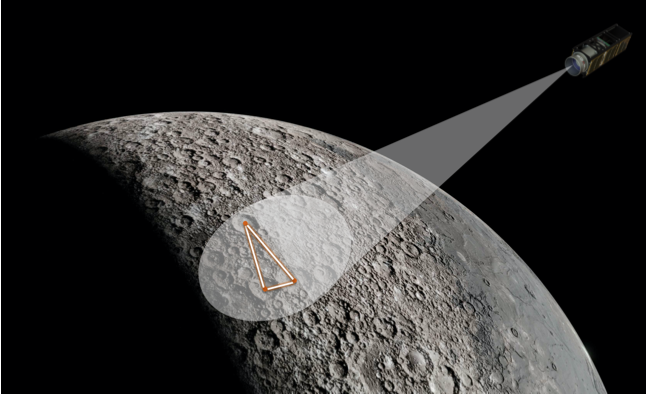The University of Texas at Austin is one of nine university-led groups that was selected to move forward in the NASA SmallSat competition. Project OCELOT aims to improve navigation technology around the Moon, by using craters on the surface to navigate. OCELOT will be the first time the navigation technology will be demonstrated in orbit. Small spacecraft are pioneering the way for future manned and unmanned exploration, as they can relay communications from the Moon and back, and can help autonomous vehicles navigate on the surface, akin to a GPS.
The mission will be collaborative, involving Drs. Brandon Jones and Renato Zanetti, graduate students at UT Austin and at NASA JSC, and the Texas Spacecraft Laboratory. TSL’s specific role will be to plan the mission design and satellite design. The current phase of the project will last two years, after which point the physical construction of the satellite will ideally begin.

